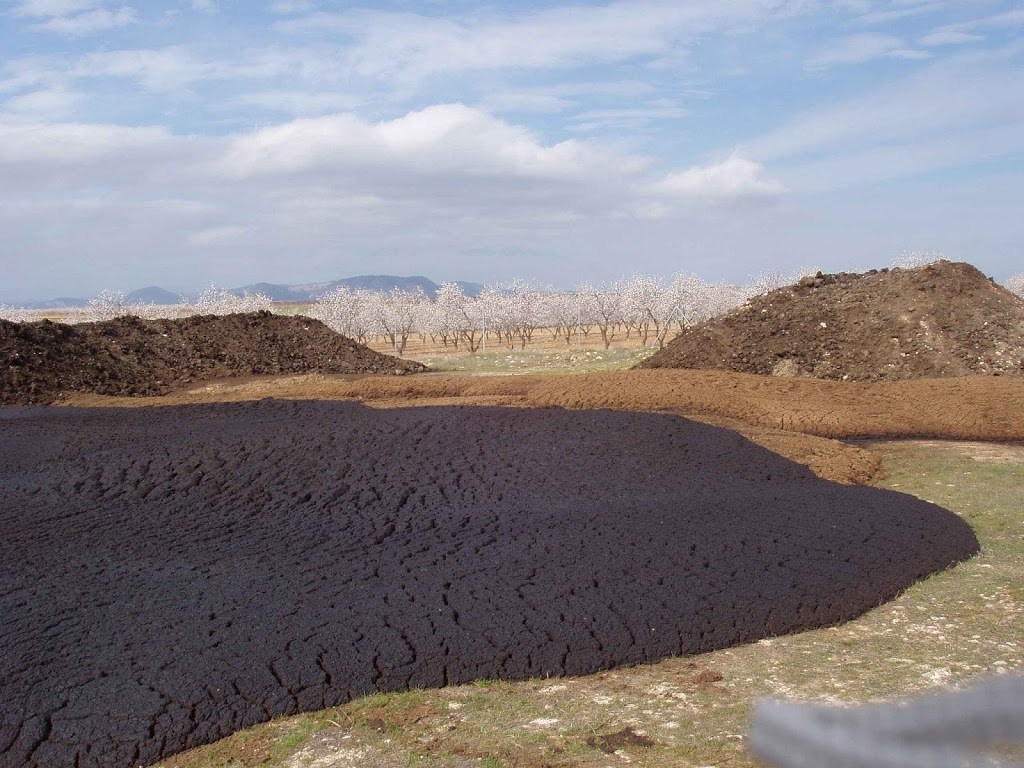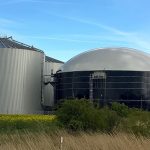What to do with the olive pomace is a fundamental and very common question today within the olive sector, whether you are new to the sector or already senior. And this why? One may wonder what to do with the olive pomace when:
- he ventures to make an oil mill and it is his first time;
- he builds a new oil mill but this time he is not sure who is going to receive his olive pomace;
- In his current mill, he is not assured of being able to manage 100% of his olive pomace;
- Its pomace or extractor has very little profitability and is exploring new ways to take advantage of the olive pomace;
- it wants to differentiate itself from the competition, be it an oil mill or an olive pomace manager;
HOW IMPORTANT IS THIS OLIVE POMACE TREATMET?
Due to the inequality between the number of Pomace oil producer (~63) and oil mills (~1,200) in Spain, what to do with the olive pomace is a fundamental question for the oil mills that have not ensured 100% of the proper management of their olive pomace; since it can be a real headache and even have to stop production in the middle of the campaign. The latter would be a real disaster since we remember that the campaign lasts 3-4 months a year, so stopping it in the middle of the campaign would mean hundreds of thousands of euros in losses for both the mill and the farmers.
In addition, it must be taken into account that the sector has structurally left aside the management and valorization of the olive pomace in terms of innovation and development compared to oil mills and crops that have been significantly increasing their efficiency and performance, adding value to the market .
So…
WHAT TO DO WITH THE OLIVE POMACE IF I HAVE NOT ENSURED ITS PROPER MANAGEMENT?
Despite how ominous all of the above may sound, luckily there are various treatment alternatives for olive pomace. Among them, we highlight the following options:
- set up a conventional pomace, either privately or cooperatively;
- invest in a biorefinery, either privately, cooperatively or as a joint venture;
- invest in a biogas or biomethane plant, either privately, cooperatively or as a joint venture;
Options B and C are the most recommended from our point of view, since option A bases its profitability mainly on the price of pomace, which is very volatile. However, + options B and C can lead to higher returns with an ROI (Return On Investment) of between 3 and 7 years, depending on the technology and scale.
If you want more information about options B and C, do not hesitate to contact us here.




